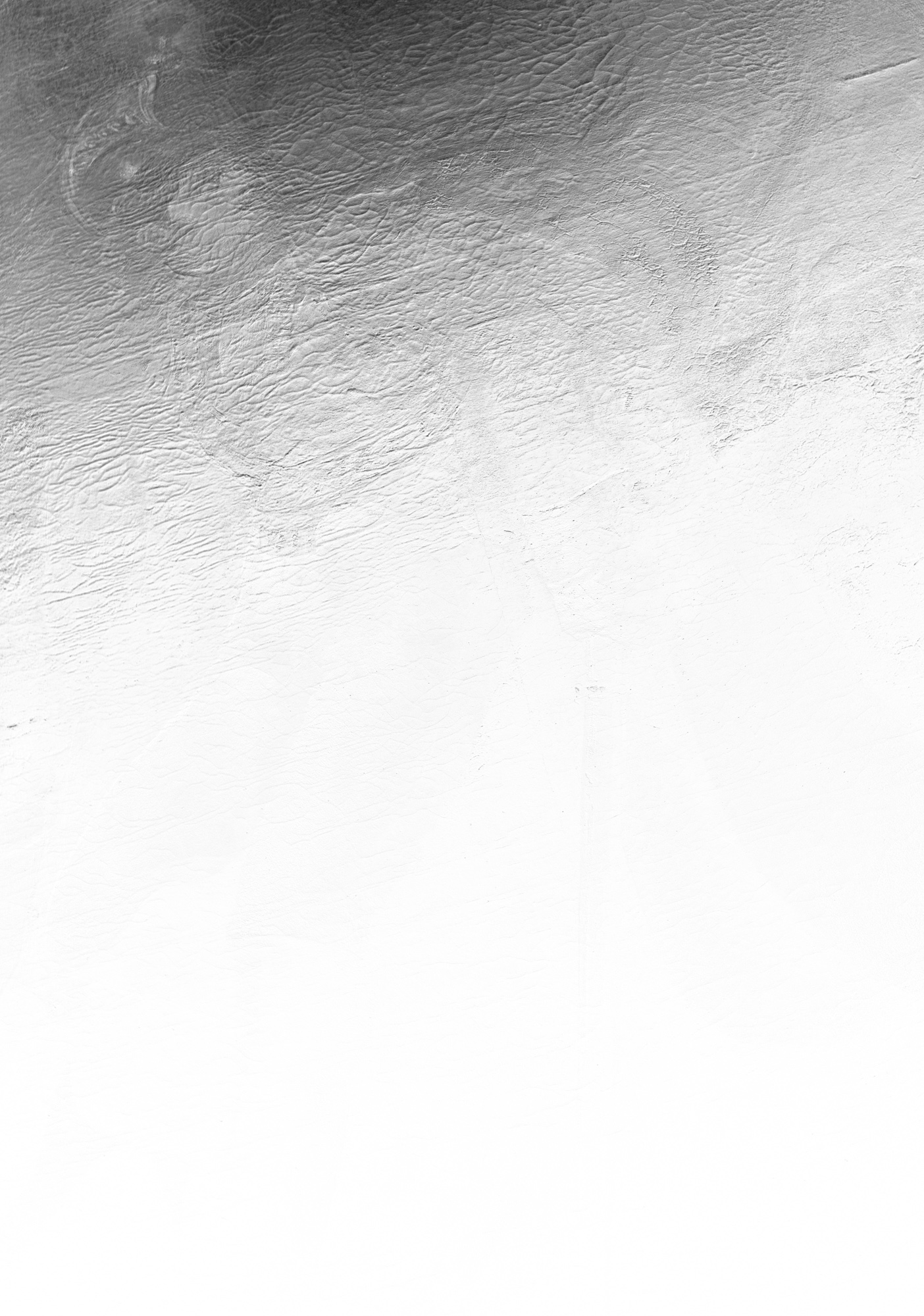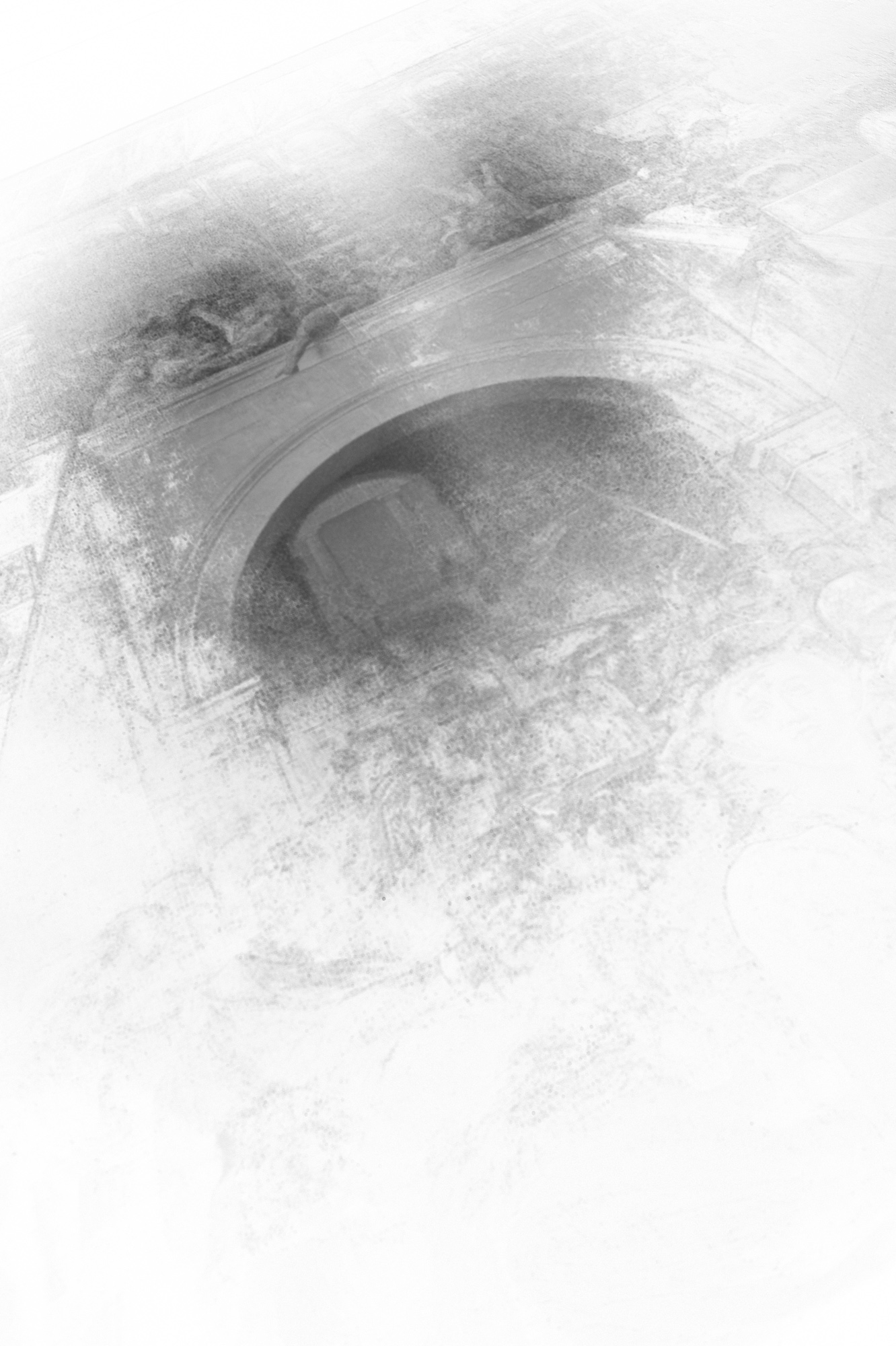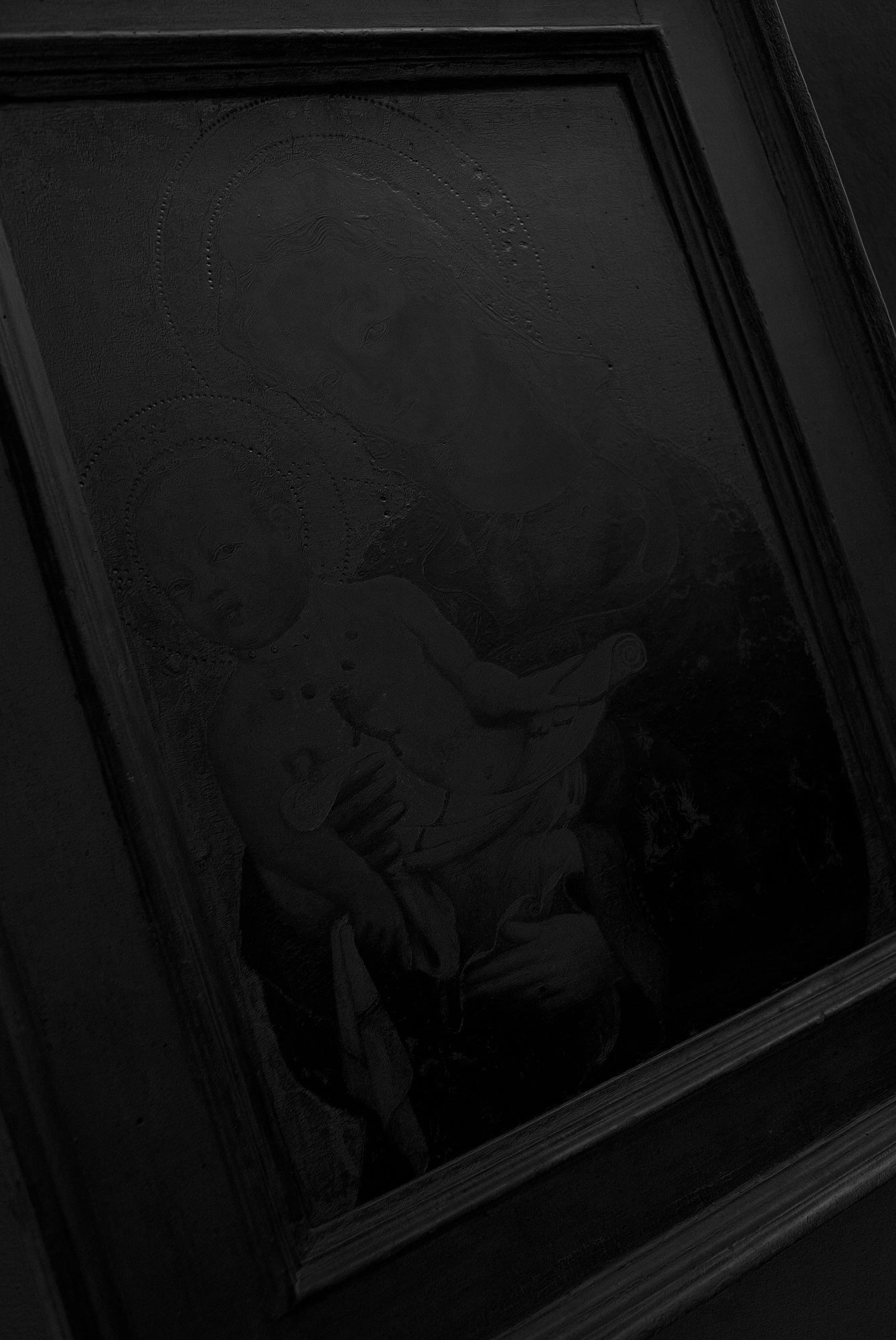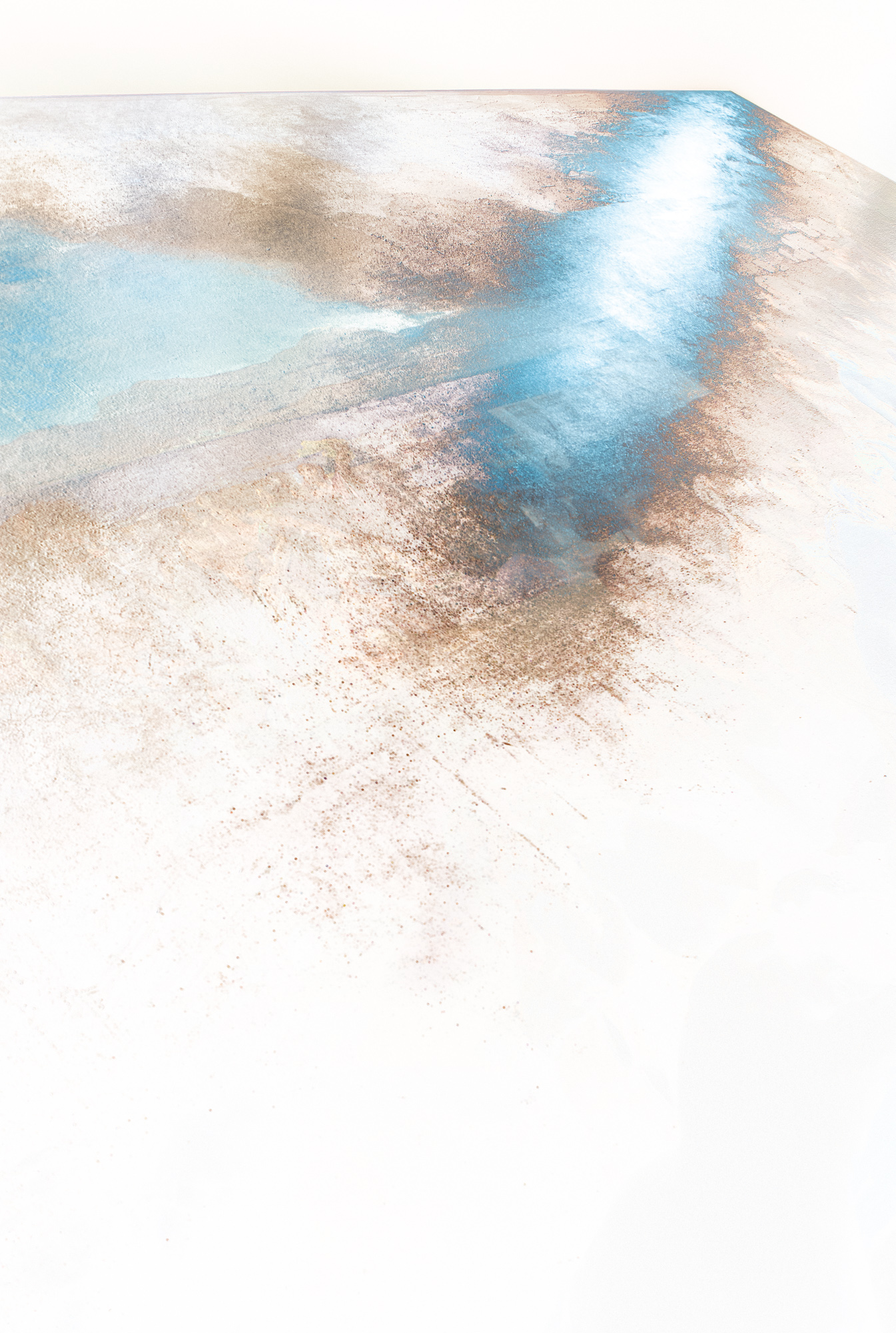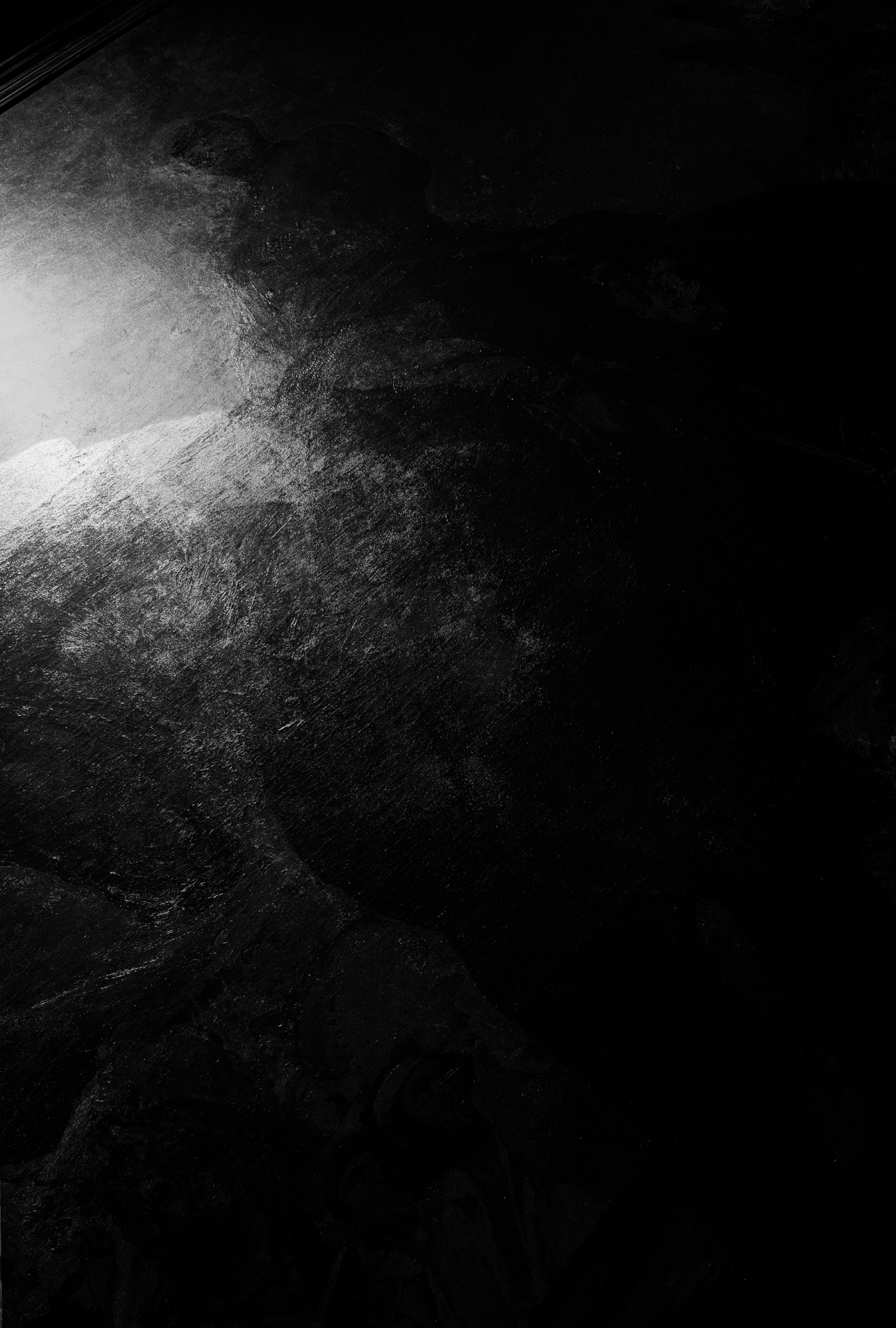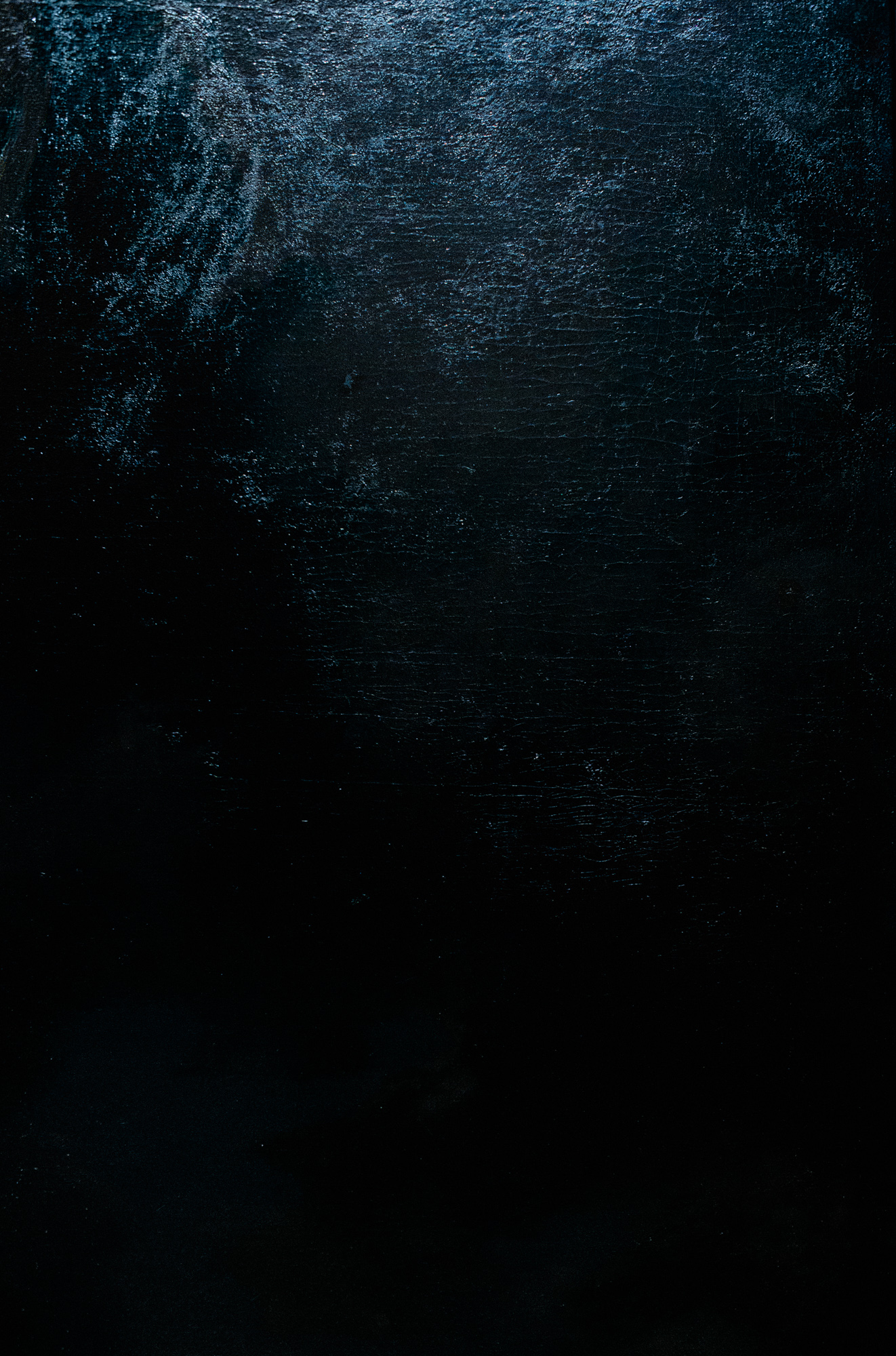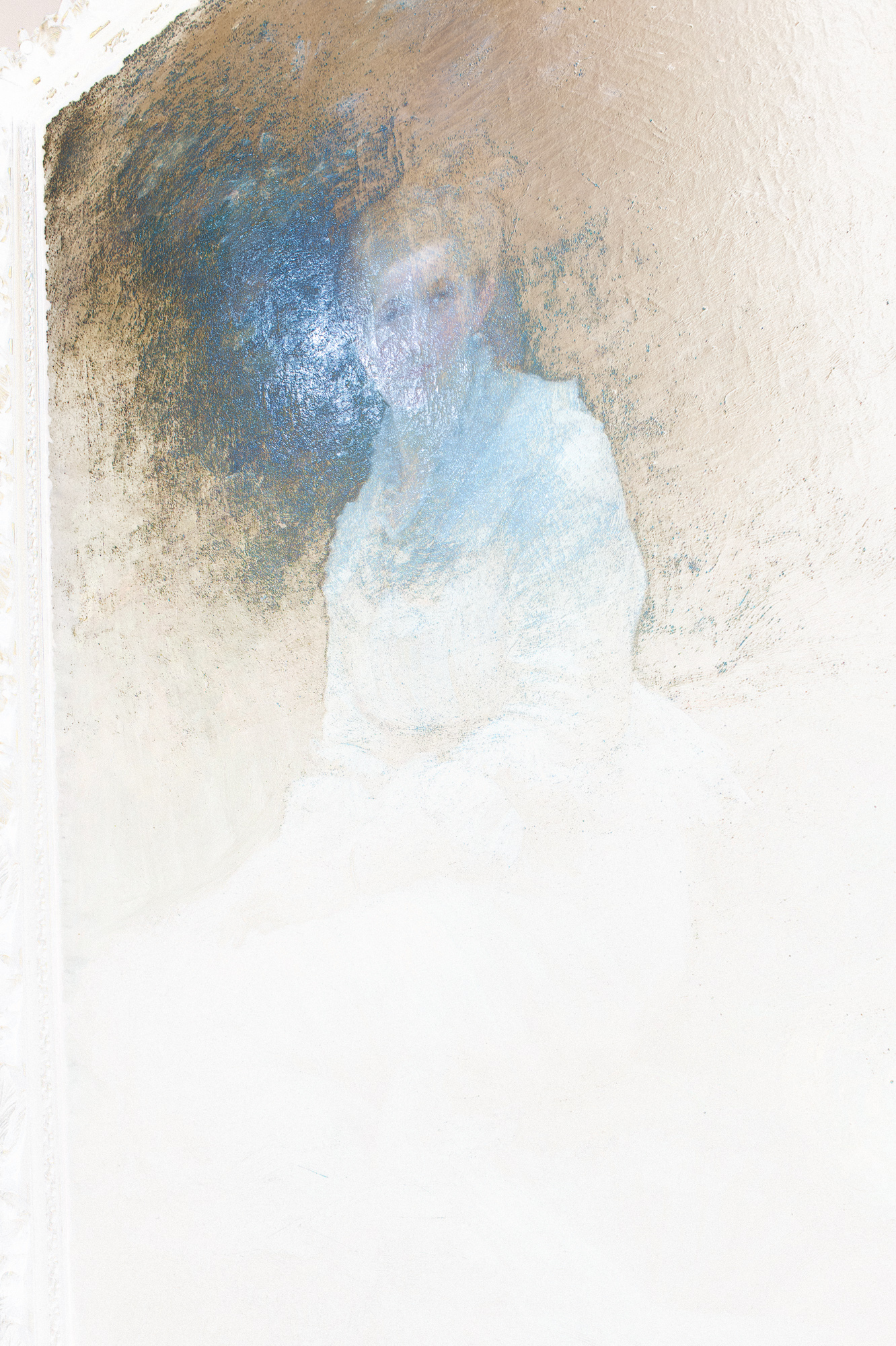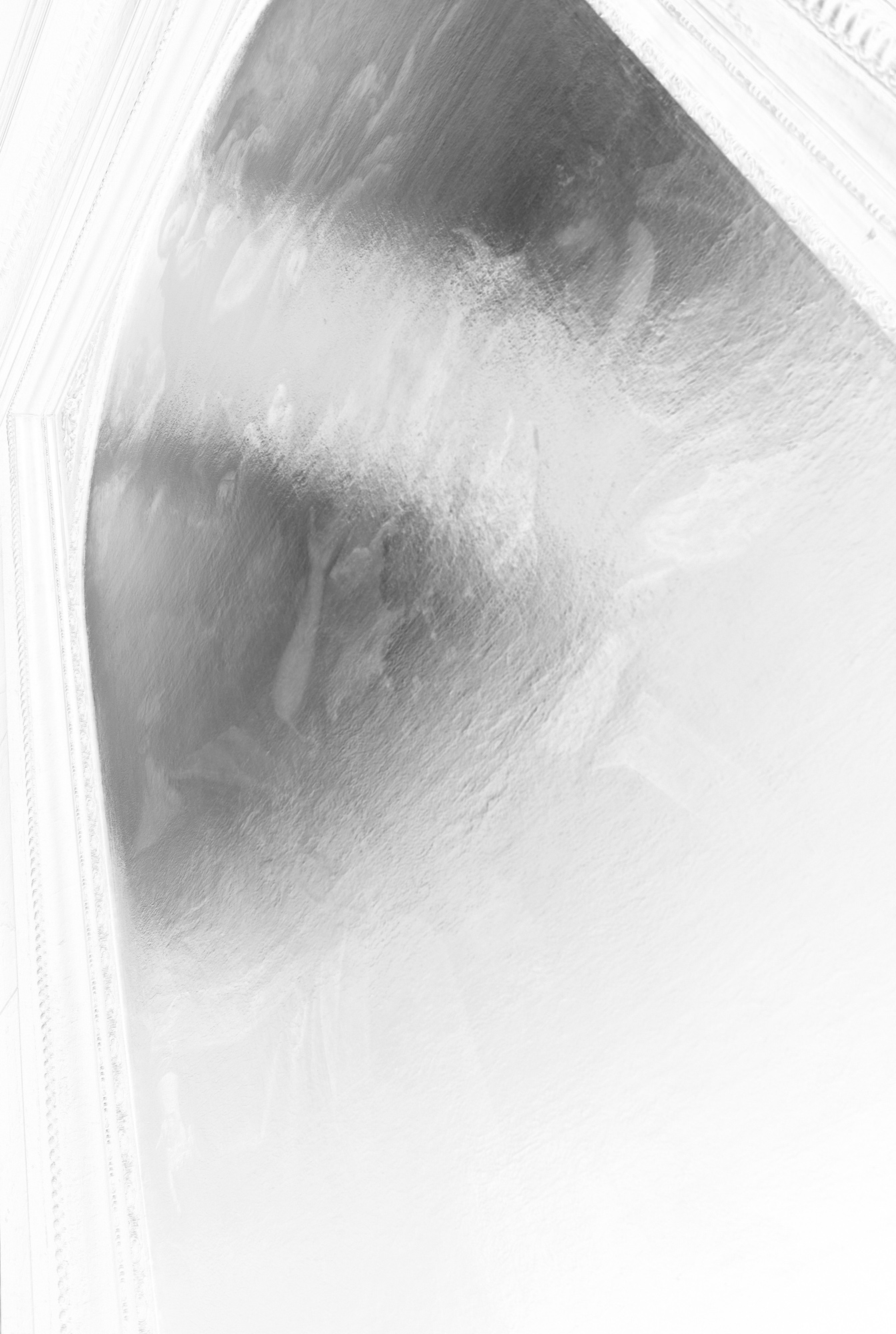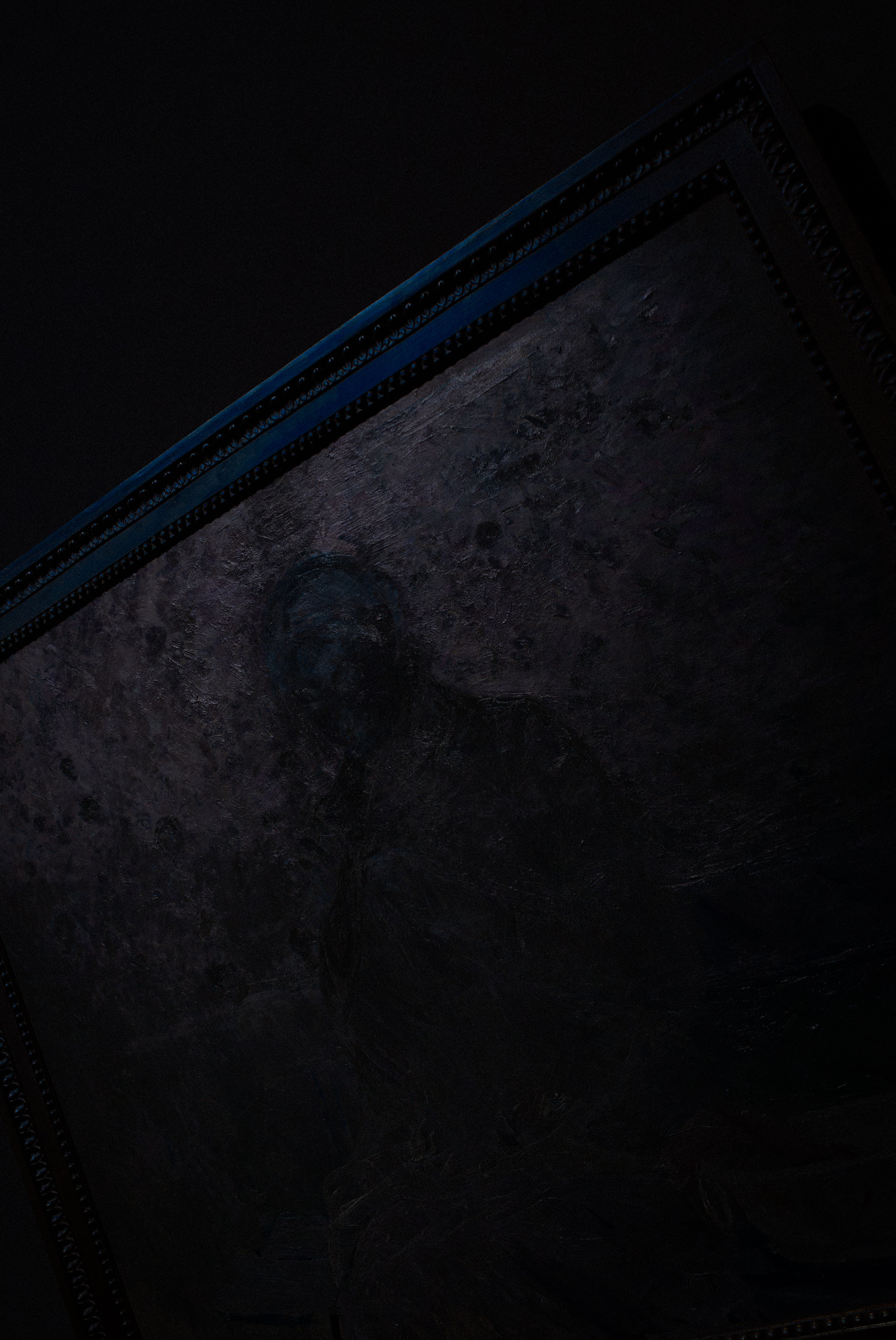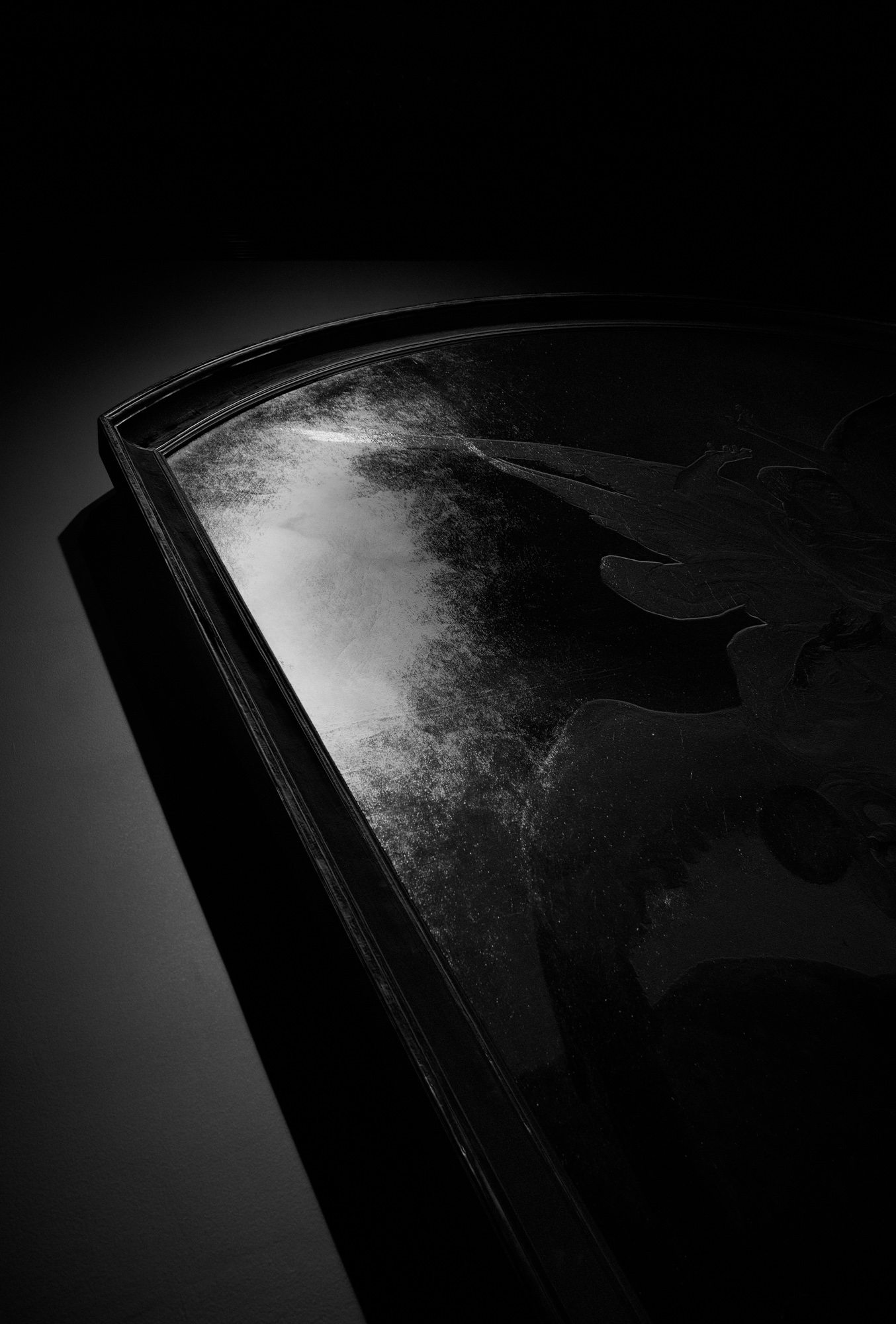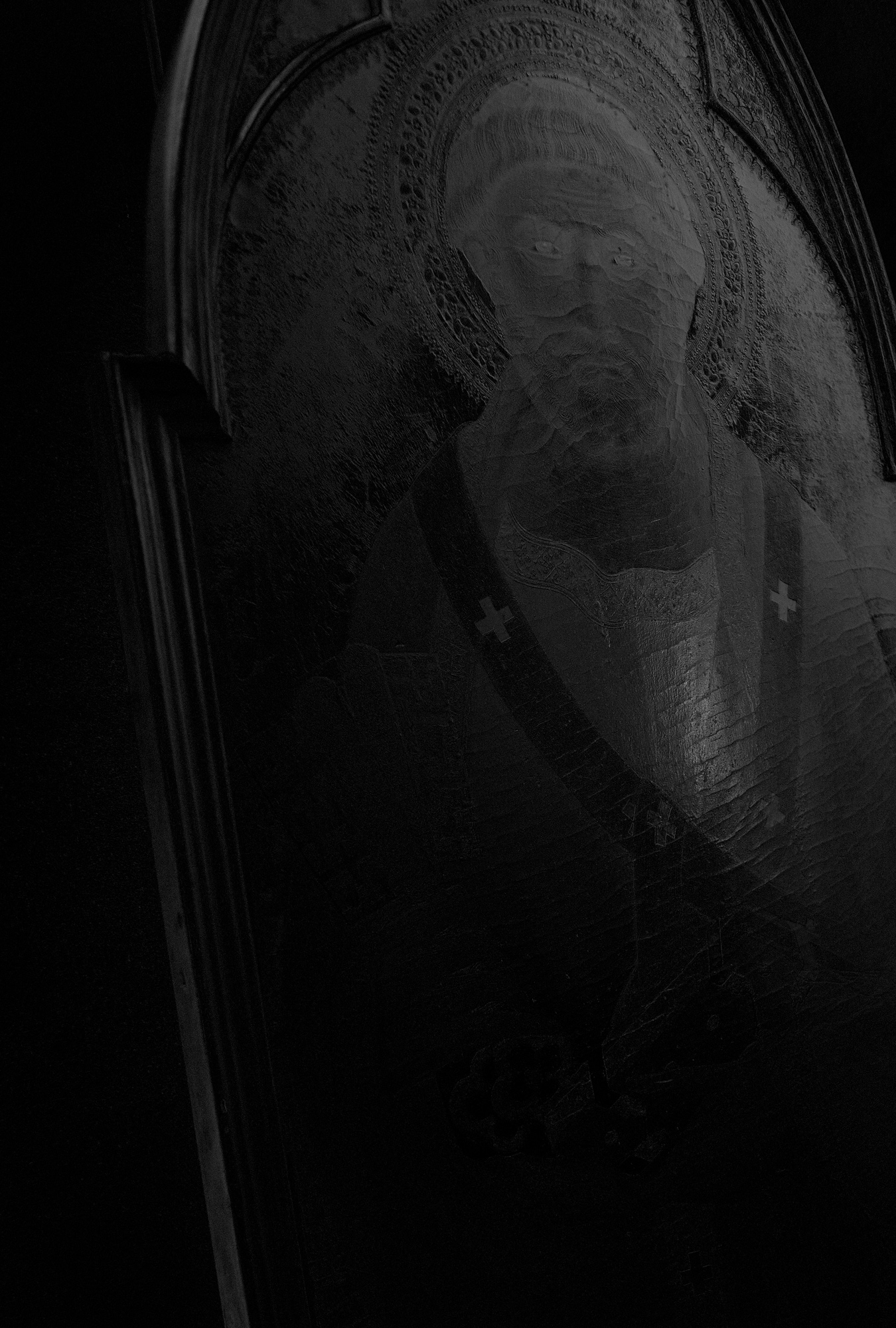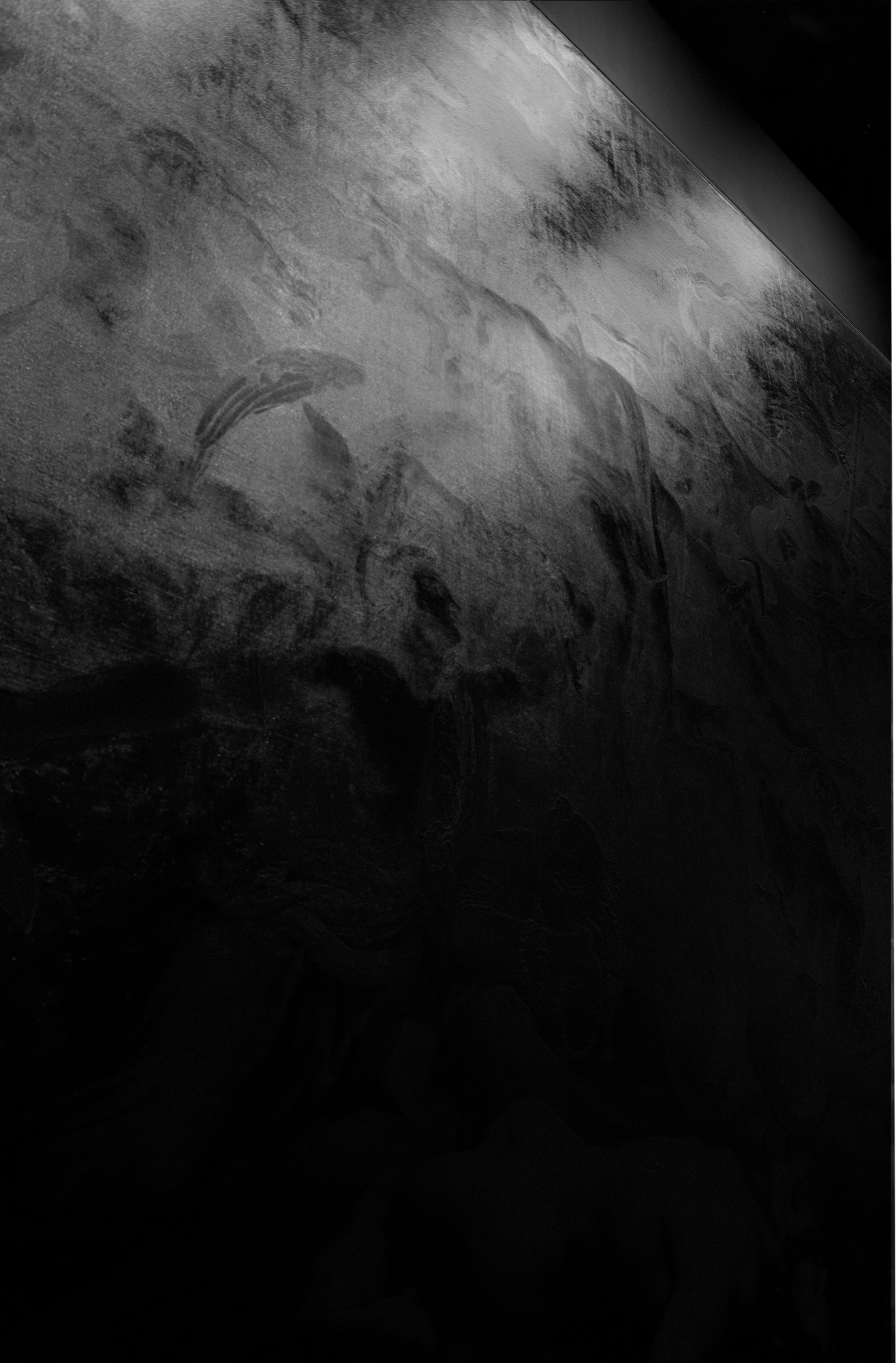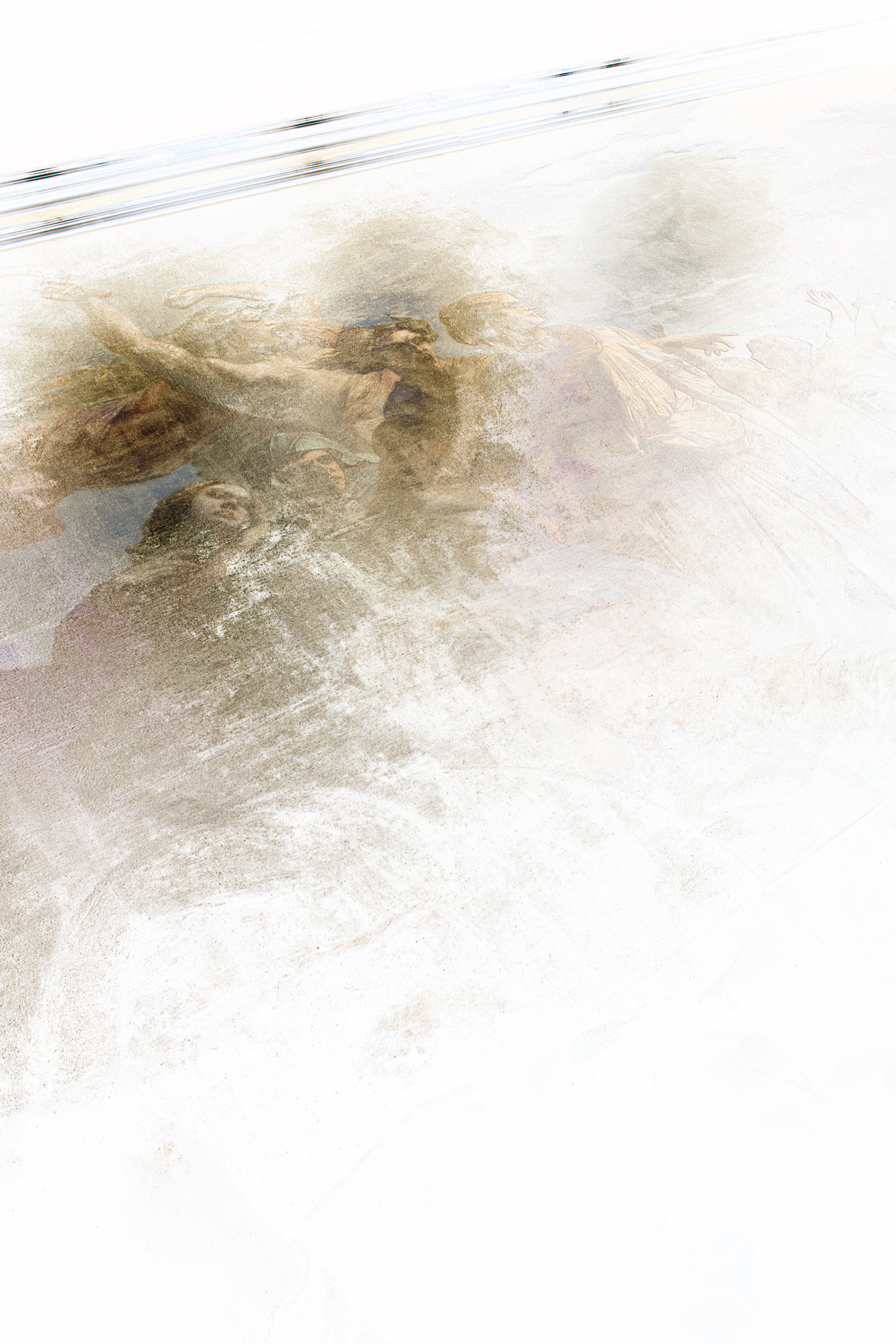Museum glare
I saw the Mona Lisa. The experience was probably the cultural low point of my life. And to put that in perspective you should understand that during the very same trip, there may have been some Jean-Claude Van Damme bingeing in Belgium. But let me honestly state: Cyborg is the highest of cultural delicacies compared to that shitshow at the Louvre; getting herded through lines for two hours just so you and thirty other tourists can duke it out for the best spots to see a lifeless painting through a 300mm zoom and selfie it up before the guard yells to move along and the next batch races in to replace you. That’s the Mona Lisa. It’s enough to make a body ashamed of the human race.
Then again, there I was camera in hand, wasn’t I? I like to tell myself that it’s not the same; I’m not taking selfies or anything; and I’m certainly not there photographing the art—I’m trying to capture the beautiful artificiality the museum experience itself and the wonderful scenes it offers. Yet is it really that different? And how many times can you photograph the god damn fire extinguishers of the Uffizi anyways? After the Mona Lisa, I needed something new, a new way of trying to express my experience of these places and of the artwork.
And I do have to admit that one of my great pet peeves is watching people take photos of paintings. I don’t know but it just seems so crass. Which may be a rather snobby point of view but come on! It’s also just a shitty reproduction. A photo takes a wall sized epic, removes its context, shrinks it down, flattens it out, and freezes it in a single perspective. And in front of a life-size painting of Jesus getting crucified for like the thousandth time, I noticed something else too: viewed from just the wrong angle, glare from the skylights would obscure the entire upper third of the painting. The glare wasn’t smooth like that off of glass either, it revealed crinkles and cracks and creases in the canvas itself. It revealed texture and dimensionality. Photographs never really capture this. And so I began to wonder: what if I could subtract the painting to see just the glare? What would that look like? Could I capture that? Worth exploring at least.
So I came up with a plan: take two photos of artwork from the same perspective, with the first one using a circular polarizer to minimize glare on the canvas while the second would rotate the circular polarizer 90 degrees to maximize glare. Then subtract the images from each other to reveal just the play of light across the piece (or at least that which a circular polarizer can filter out). Here’s an example:


I was shooting by hand so the two input images are not perfectly aligned. Photoshop handled that
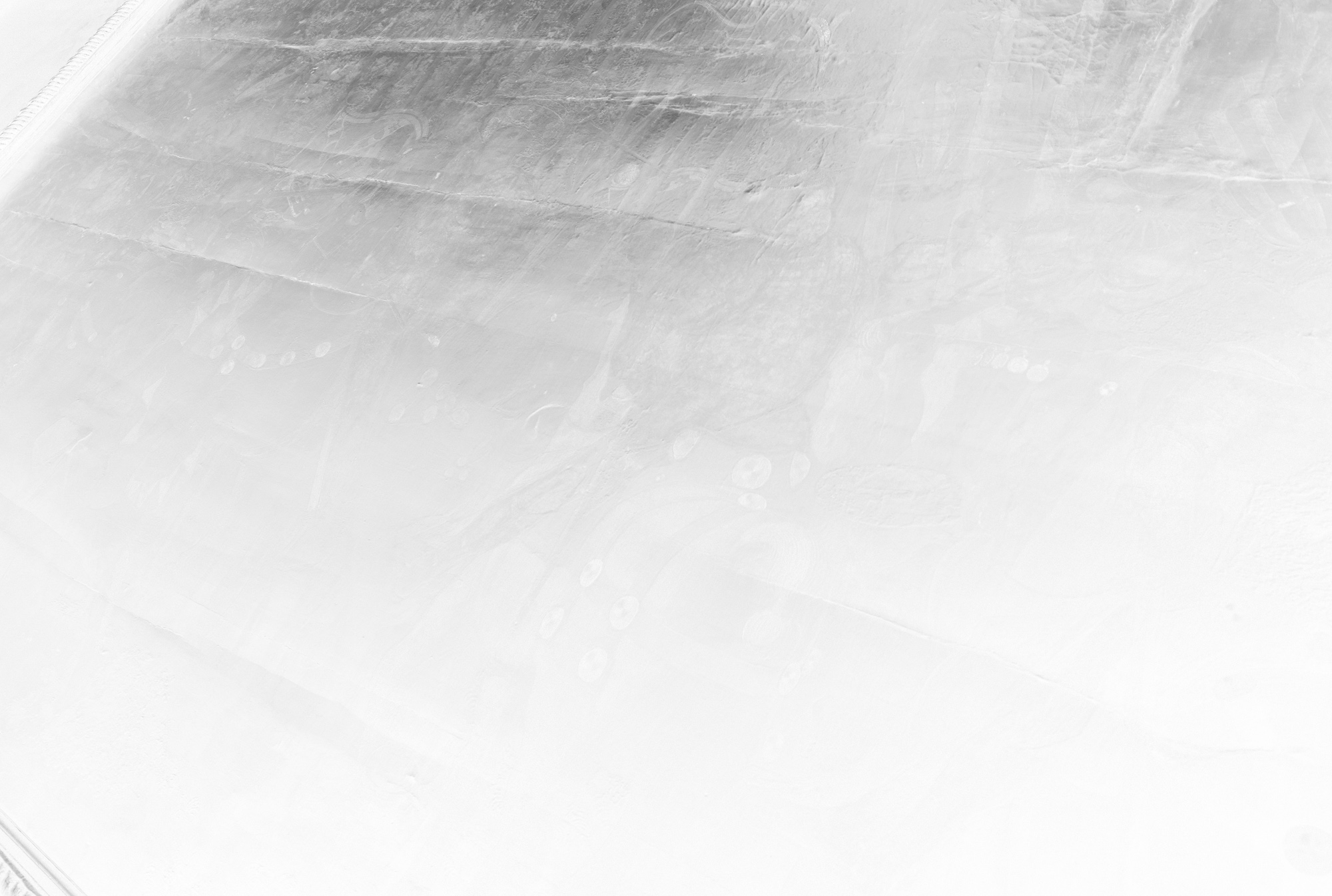
The result has been inverted and desaturated
I photographed around thirty different paintings and sculptures at the Louvre and the Musée d’Orsay using this technique. As I came up with the whole subtractive scheme while at one of the museums, I was pretty much shooting blind; I didn’t know how to compose the shots or even if the result would be at all interesting.
You can see the results below. I’ve inverted and/or desaturated a few of the images and tweaked the contrast and black point but nothing too dramatic. And while nothing revolutionary, I like that these images reveal a physical aspect of the artwork that is often overlooked. They also capture something that most people try to minimize while photographing art. And who knows, maybe with enough glare even the Mona Lisa would be bearable.
